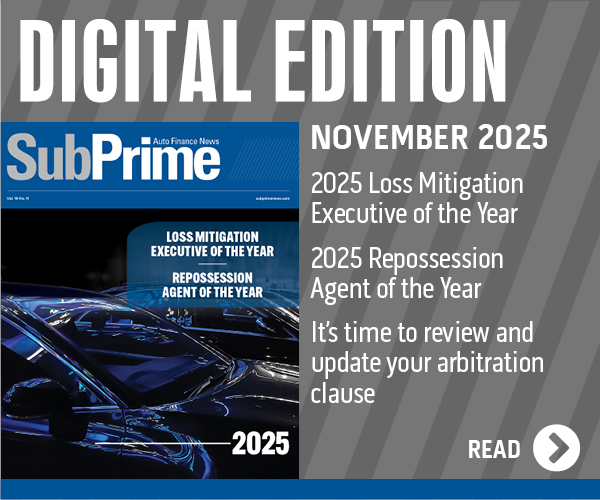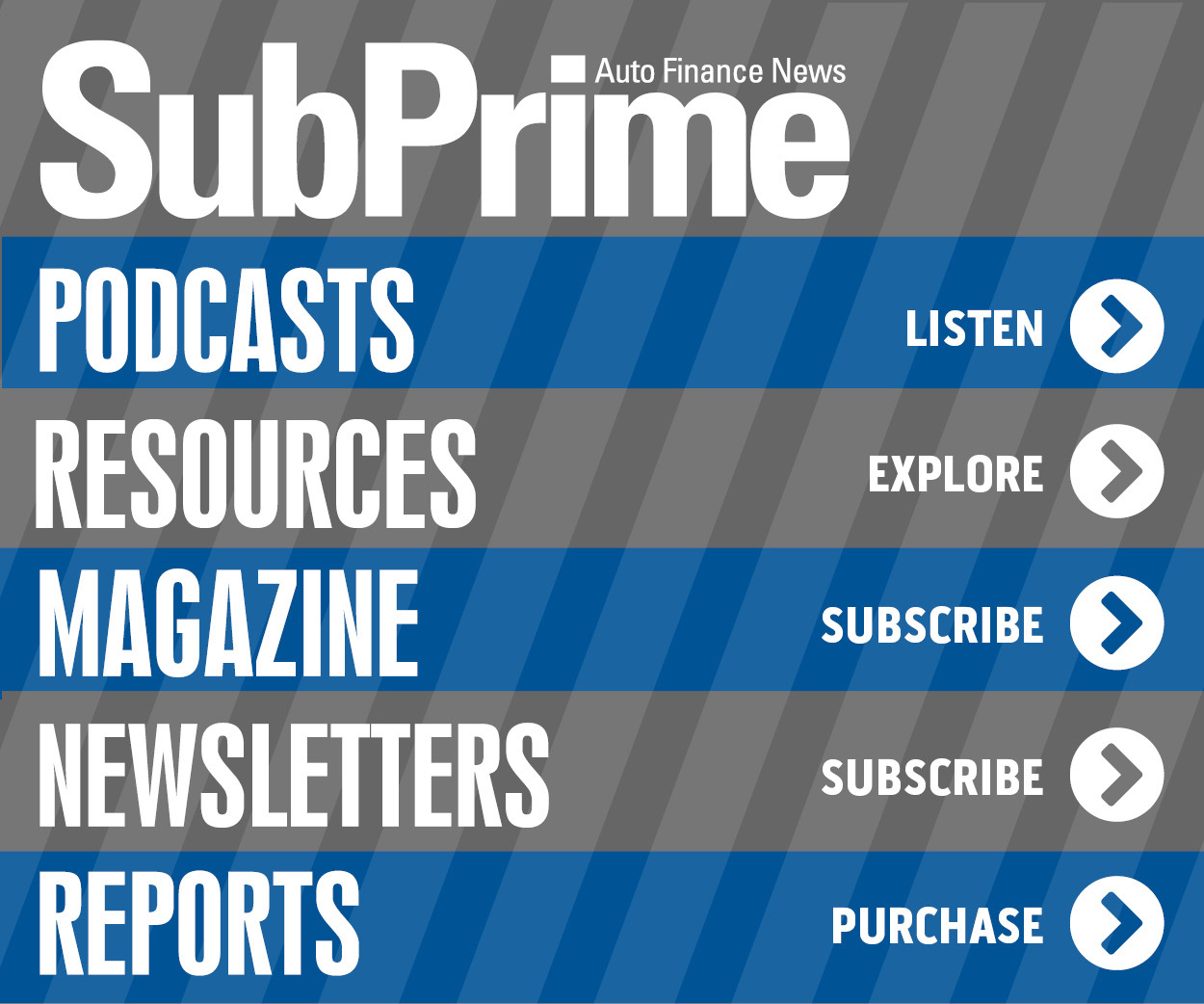As delinquency continues to rise, consumers’ view on buying vehicles deteriorates, too

By subscribing, you agree to receive communications from Auto Remarketing and our partners in accordance with our Privacy Policy. We may share your information with select partners and sponsors who may contact you about their products and services. You may unsubscribe at any time.
Signals about what happens before and after a vehicle is delivered and financed aren’t so rosy.
Cox Automotive chief economist Jonathan Smoke pointed out that the initial October reading of consumer sentiment from the University of Michigan showed, “Consumers’ views of buying conditions for vehicles improved modestly but remain worse than a year ago.”
Smoke shared that recap in his Auto Market Weekly Summary posted on Monday that also reviewed how performance of previously booked auto loans isn’t doing so great, either. Here is Smoke’s rundown based on Cox Automotive data from September:
—60-day-plus delinquencies rose 2.2% month-over-month but fell 0.4% year-over-year.
—2.05% of auto loans were severely delinquent, up from 2.00% in August and 1.97% a year ago.
—Subprime severe delinquency rate reached 7.60%, up from 7.49% in August and 7.41% a year ago.
Subscribe to Auto Remarketing to stay informed and stay ahead.
By subscribing, you agree to receive communications from Auto Remarketing and our partners in accordance with our Privacy Policy. We may share your information with select partners and sponsors who may contact you about their products and services. You may unsubscribe at any time.
—Defaults increased 1.3% overall but declined 8.9% year over year; subprime defaults dropped 2.8% month over month and 15.9% year over year.
—The annualized default rate was 3.10%, slightly higher than August but lower than last year.
In giving his “bottom line,” Smoke summarized in the report that the car business is “reflecting persistent concerns about affordability and economic outlook.”
Speaking of the economic outlook, the president and chief executive officer of the Federal Reserve Bank of Kansas City last week explained how much inflation is still creating trouble throughout the economy.
Through remarks delivered to CFA Kansas City, Jeff Schmid said that prices for durable goods are up 3% due in part to tariffs. Schmid also noted prices for services have been increasing at a rate of 3.5%, “considerably faster than the pre-pandemic average.”
Schmid then made this assertion about current inflation.
“One worrying sign is that price increases are also becoming more widespread. At the start of the year, 70% of consumption categories reported price increases. By August, almost 80% of categories had increasing prices,” he said.
Schmid reiterated that he voted in favor of the Federal Reserve’s interest rate cut of 25 basis points during the last meeting of the Federal Open Market Committee. Policymakers gather again at the end of October to make their next decision.
And it appears inflation will be top of mind, at least for Schmid.
“One way to view the Fed’s mandate is a responsibility to manage the trade-offs that arise from the economy-wide constraint that ties inflation to employment. Policies that boost the labor market often come at the expense of higher inflation, while policies that lower inflation often come at the cost of higher unemployment. Constraints lead to difficult decisions over how to balance competing objectives, and the Fed has been tasked with these difficult decisions when it comes to inflation and employment,” Schmid said.
“In balancing this constraint, my view is that the Fed must maintain its credibility on inflation,” he continued. “History has shown that while all inflations are universally disliked, not all inflations are equally costly to fight. Inflation driven by imbalances between supply and demand, such as during the pandemic, can be brought down without a large increase in unemployment or a recession. On the other hand, inflations that result from higher inflation expectations and shifts in the psychology of price-setting, such as in the 1970s, are much more difficult to counteract and have historically taken a recession to bring under control.
“So far, most measures of inflation expectations have not moved up, but I don’t take much comfort in that. I view inflation expectations not as an input, or signal, for the Fed to respond to, but as the output of the policy decisions that the Fed makes,” he added.
“Going forward, I plan to continue taking a data-dependent approach to any further policy adjustments,” Schmid went on to say. “Of course, data dependency requires data. While I am hopeful that the government data that underpins Fed decision-making will soon become available again, in the meantime I will be monitoring alternative labor market and price data closely, including data we gather from district surveys and reports from our network of contacts as we approach our next FOMC meeting at the end of the month.”
And while what the Fed does eventually trickles through the entire economy, it appears consumers currently are much more focused on their immediate circumstances. Joanne Hsu is the director of surveys of consumers at the University of Michigan.
“Overall, consumers perceive very few changes in the outlook for the economy from last month,” Hsu said in her latest analysis. “Pocketbook issues like high prices and weakening job prospects remain at the forefront of consumers’ minds. At this time, consumers do not expect meaningful improvement in these factors. Meanwhile, interviews reveal little evidence that the ongoing federal government shutdown has moved consumers’ views of the economy thus far.”


